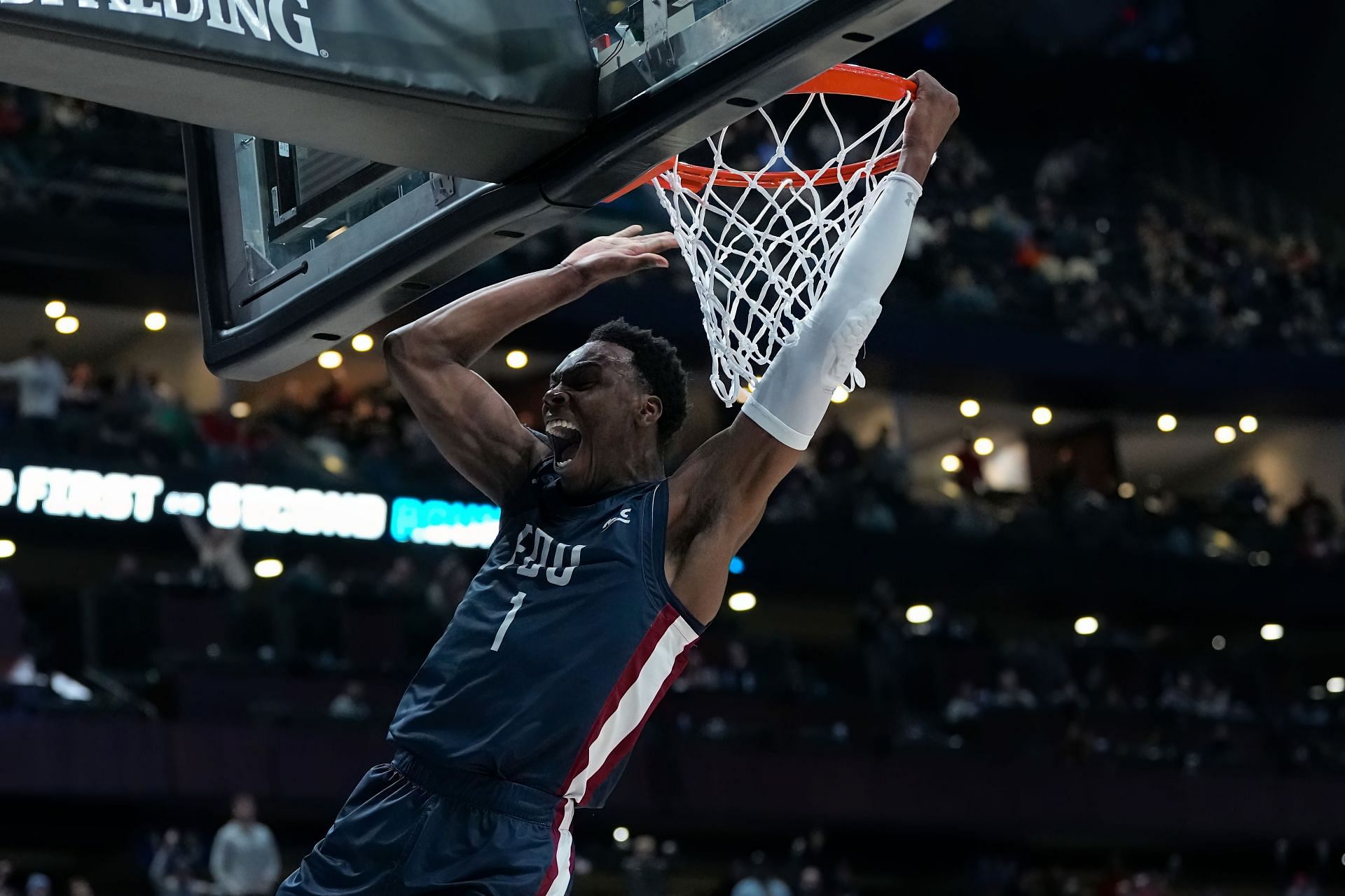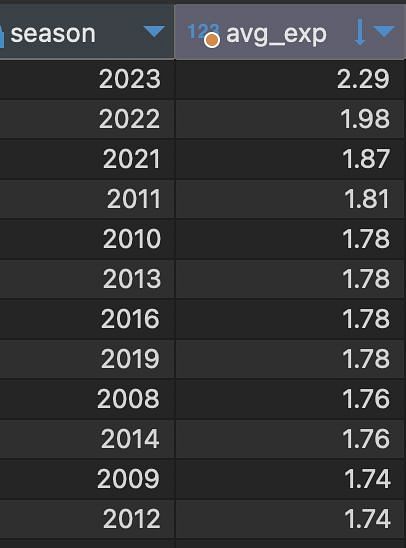
Why are there so many upsets in March Madness? Real reason explored
Another first weekend of March Madness has come and gone, and it has delivered once again.
Seven lower-seeded teams pulled off upsets in the first round. In the second round, five lower-seeded teams advanced to the Sweet 16.
No upset was bigger than No. 16 seed Fairleigh Dickinson beating No. 1 seed Purdue.
FDU pulled off the biggest upset in tournament history as a 23.5-point underdog. One seeds were previously 147-1 against 16 seeds. The other No. 16 over No. 1 upset came when No. 16 UMBC knocked off No. 1 Virginia in 2018.
Virginia was also stunned as a No. 4 seed in this tournament by No. 14 seed Furman.
Furman had not won a tournament game in 49 years. It was the longest drought for any team in this year’s field that had previously made the tournament.
The madness did not stop there as No. 15 Princeton stunned No. 2 Arizona. Two seeds were 138-10 against 15-seeds entering the 2023 tournament. Princeton did not stop there as the Tigers advanced to the Sweet 16 with an upset over No. 7 seed Missouri.
It is the third straight year a No. 15 seed has reached the Sweet 16, and only the fourth time overall. FGCU did it in 2013, while Saint Peter’s did so last season and Oral Roberts made it to the second weekend in 2021.
So, why are there so many more upsets now than ever? How does the madness always deliver?
It may be an impossible question to answer, but there are a few possible explanations.
Reason No. 1: the transfer portal
The portal was introduced in 2018, and now players can freely move schools between seasons without the penalty of sitting out for a season. Players now transfer with never-before-seen freedom. It has added a new element to recruiting, where coaches now have to scout players at other schools who may want to switch in search of more playing time.
Experience is often important in the NCAA Tournament, and adding transfers brings in more experience than freshman recruits. Teams from smaller schools may get transfers from bigger schools. These players leave bigger names like North Carolina and Duke to get more playing time, becoming the star for a lesser-known team.
FDU added transfers to its squad this season, bouncing back from an abysmal four-win season last year.
Reason No. 2: NIL (Name, Image and Likeness)
New legislation has allowed boosters and donors for schools to sponsor and pay recruits and athletes at the schools they support. This allows for schools like Miami (Florida) to attract bigger recruits away from basketball powers like Kansas because they can offer the players money and attractive sponsorship packages.
This has redistributed the talent pool and allowed star players to seek paydays from nontraditional basketball powers if the schools have the boosters to sign NIL deals.
Reason No. 3: The emphasis on 3-pointers
Blame Steph Curry if you wish, but basketball has dramatically shifted in style of play. Teams are taking more 3-pointers than ever before and playing a smaller version of basketball away from the post.
A team with a massive center who could dominate the paint used to be able to carry a team to a national title. Now the 3-pointer is the great equalizer, and that big man can get lost defending on the perimeter.
For instance, FDU was the smallest team in Division I, but still took down Purdue, which had the tallest player in the country in 7-foot-4 Zach Edey.
Smaller schools with less size can spring an upset against a powerhouse if they get hot from three.
Upsets are what make March so special, and all the signs point to more and more of them in the coming years.

